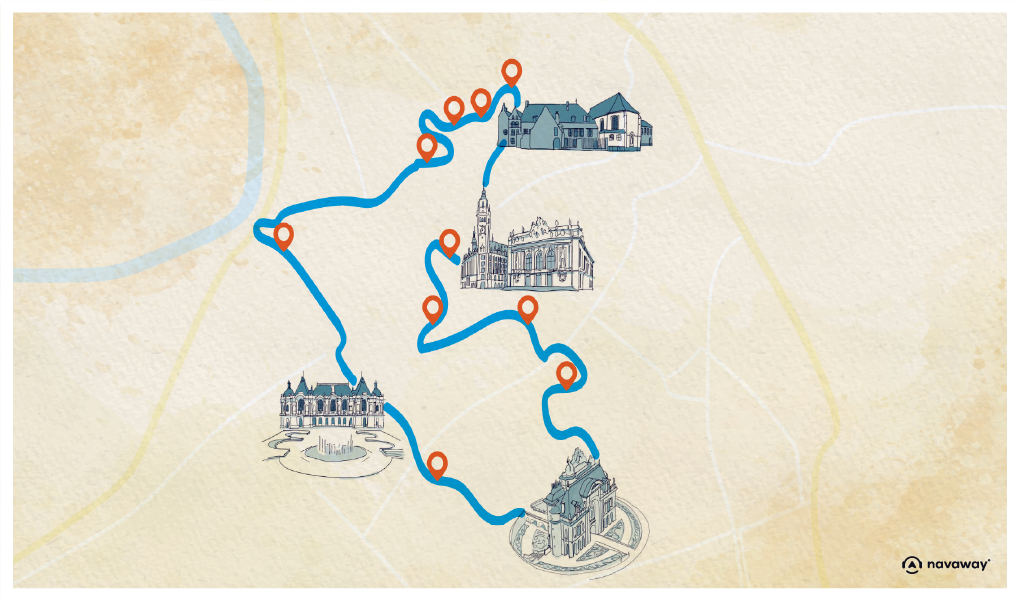
Le P’tit Quinquin

This point of interest is available as audio on the tour: Visit Lille, The capital of Flandres
This beautiful white statue of a woman carrying a child is a tribute to the song P’tit Quinquin, undoubtedly the first hit in Lille’s history. If the name sounds familiar, it’s because it’s a lullaby written in Ch’ti, the dialect of the north, in 1853 by the Lille poet Alexandre Desrousseaux. Its original title is “L’Canchon Dormoire”, conveys a double meaning of lullaby and parody. The text of the song illustrates the life of 19th century lace-makers of the north of France and highlights the importance of that industry at that time. The lullaby was sung in Paris in 1855 and became so popular that it was chosen as a marching song by northern soldiers going to war against Prussia. That’s how it became Lille’s anthem and is even played by the carillon of the belfry! If you’ve never heard this song, you could listen to a cover of it by Salvatore Adamo or watch the French blockbuster “Welcome to the Chti’s” by Dany Boon where it is sung by the actress Jenny Clève. Unfortunately, if the statue is now packed away, or perhaps even missing, it’s because it was vandalised in November 2023 and awaiting restoration. But don’t worry, this was a copy; the original work is safely installed inside the town hall of Lille. Whether or not you get to see either one of them, I’d like to tell you a little gruesome anecdote about its creation. The story goes that it’s creator, an artist from Roubaix, Eugène Déplechin, was inspired by the face of a real woman to represent his lace-maker. And his muse was neither his wife nor his sister cousin or neighbour. No, the artist is said to have borrowed the features of a young woman who had drowned in the Seine by moulding a mask over her face after her death. What is certain is that this unknown young Parisian has not been forgotten.


Discover Lille with app
An interactive guide through the most beautiful streets, squares, and districts
22 fun audioguides full of historical facts, anecdotes, and legends





Comments